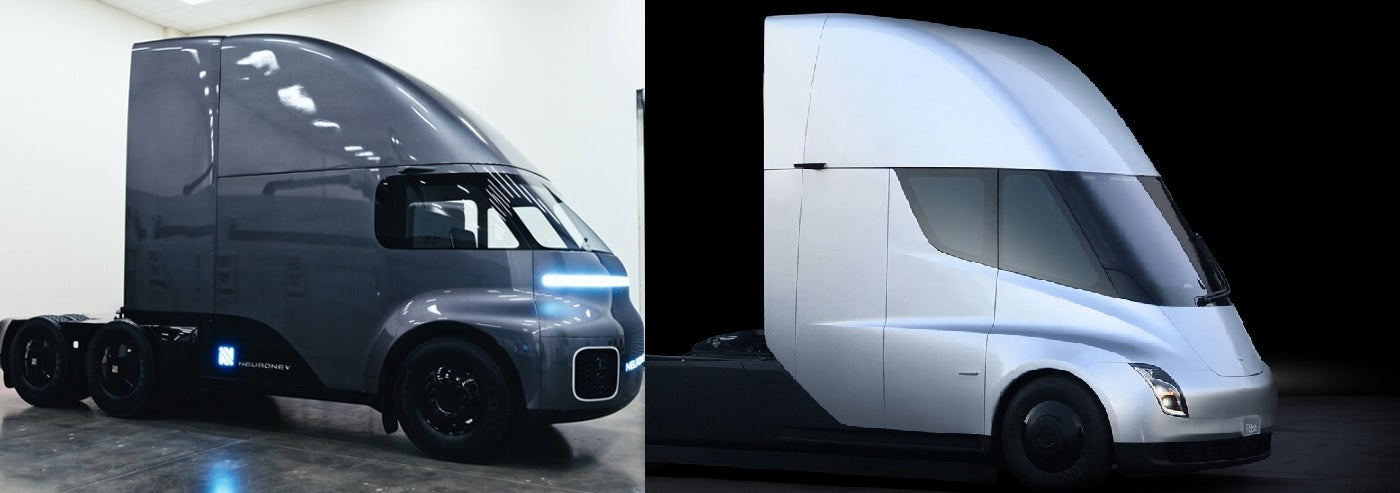SpaceX completed Falcon 9 rocket's static-fire test ahead of the JCSAT-18/Kacific-1 satellite launch next week
December 13, 2019

Featured Image Source: Steven Young/Spaceflight Now
In preparation for next week's launch of the JCSAT-18/Kacific-1 communications satellite, a previously launched Falcon 9 rocket was quickly ignited during a static-fire test today (Friday, December 13) at 1:20 p.m. EST. The Falcon 9's static-fire test was successful, roaring to life at the Cape Canaveral Air Force Station's launch Complex 40 in Florida. A static-fire test consists of a very short ignition of Falcon 9's nine Merlin engines while the rocket is grounded on the launch pad. All the nine engines are fired for a few seconds as SpaceX engineering teams overlook the data and vehicle, then the engines are turned off quickly as the static fire test is complete. This test is a routine flight preparation, done ahead of every rocket launch. It is vital to test-fire beforehand to make sure that all systems are working at optimal levels. SpaceX stated this afternoon that the static fire test was completed:
"Static fire test of Falcon 9 complete—targeting December 16 for launch of JCSAT-18/Kacific1 from Pad 40 in Florida."
They are scheduled to launch on Monday, December 16 at 7:10 p.m. EST. from Pad 40 at the Cape Canaveral Air Force Station in Florida. The launch window will extend for approximately 88 minutes. According to U.S. Air Force meteorologists, weather during Monday night’s launch window will be 90 percent favorable with a chance of some storms.


Source: Kacific
For this upcoming mission, SpaceX is tasked to deploy the JCSAT-18/Kacific-1 communications satellite into geostationary orbit. Its mass is approximately 14,991 pounds. The JCSAT-18/Kacific-1 is a shared satellite between Sky Perfect JSAT Corp. of Japan and Kacific, a startup telecom company headquartered in Singapore. Both companies share the same satellite chassis, half the craft JCSAT-18 will provide mobile services, and the other half Kacific-1 broadband internet services.

Source: Kacific
The satellite aims to provide powerful commercial, high-speed, low-cost, broadband satellite internet and mobile connection to rural and suburban areas, broadcasting signals to over 25 countries in the Asia-Pacific region. Once the satellite is deployed into geostationary orbit, the satellite will be orbiting at 35,786 kilometers above the equator, it will achieve this by using its integrated engine to move itself into a circular geostationary orbit over the equator. The signal of a geostationary satellite always comes from the same location in the sky, therefore only requires a simple antenna, with no moving parts for reception and transmission, offering a more stable service. The company said the satellite has Ka-band technology that includes 56 spot beams delivering up to 60 gigabits per second of data throughput capacity. And stated health care and emergency response services will benefit from the company’s satellite internet network.
The booster supporting this mission previously supported the CRS-17 and CRS-18 missions pic.twitter.com/BDtOZOxZ9J
— SpaceX (@SpaceX) December 13, 2019
The Falcon 9 rocket booster that will be utilized for this mission was previously flown in two Commerical Resupply Missions to the International Space Station, the CRS-17 and CRS-18 mission. Reusing rockets is a great achievement for SpaceX, other companies discard spacecraft and some become space junk. So achieving rocket reusability is beneficial and also decreases manufacturing and operation costs. SpaceX aims to recover the rocket booster again during this mission, by landing it on an autonomous droneship located in the Atlantic Ocean near Florida's space coast.
The rocket recovery landing is always fun to watch! So set an alarm for Monday's launch!







